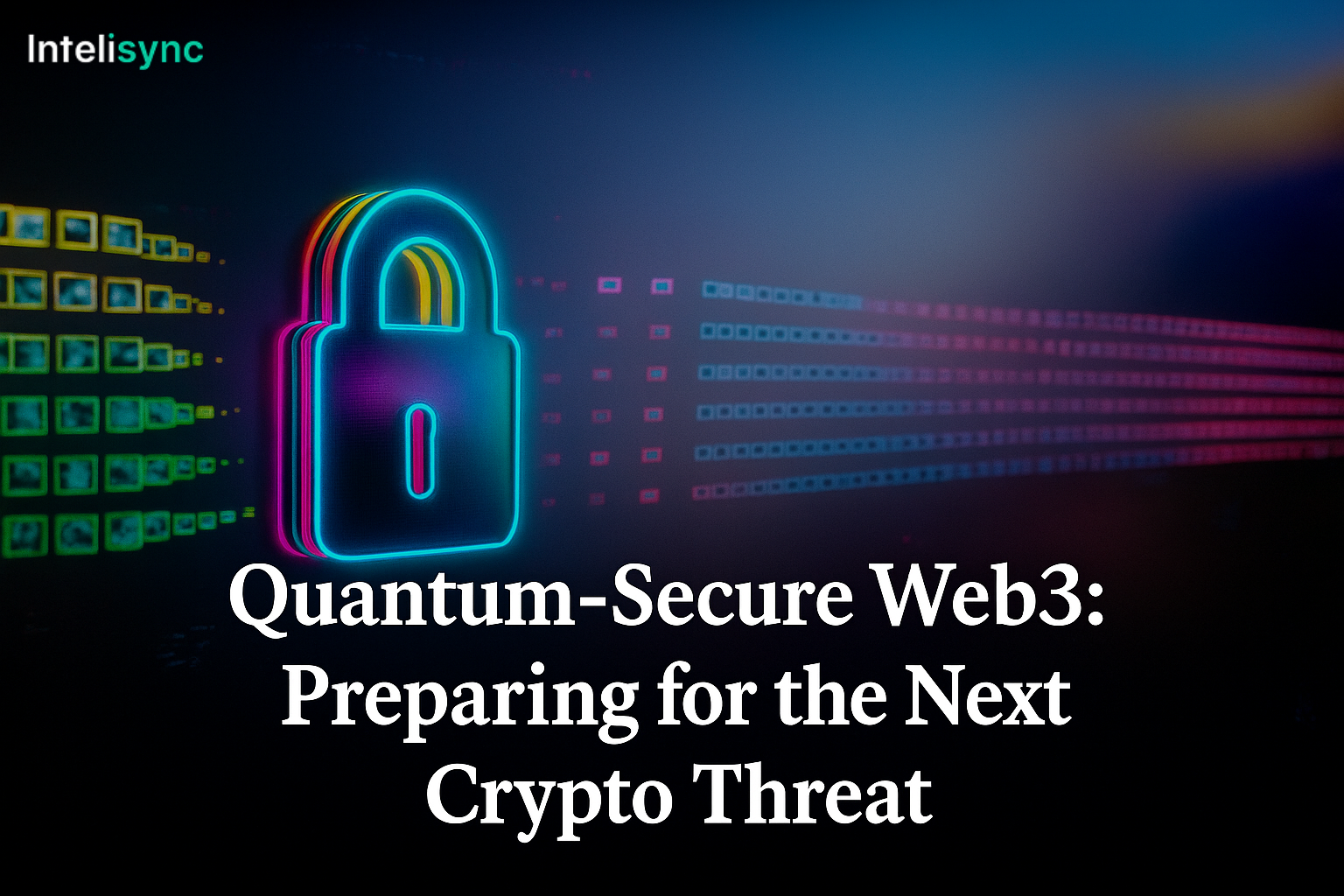From promoting financial inclusion to fuelling regional investment and innovation, the DeFi ecosystem in the MENA region is brimming with potential. But success depends on striking a balance between DeFi innovation and regulatory compliance. From Shariah-compliant frameworks to KYC/AML mechanisms, this blog delves into the intricacies of building a compliant DeFi ecosystem in MENA by harmonizing with evolving frameworks, adopting best practices, and embracing regional dynamics.
The Policy Environment in MENA
Regulation in DeFi in MENA is far from consistent, mirroring each country’s risk appetite, strategic outlook and legal maturity.
United Arab Emirates: Leading the way, UAE provides licensing through organizations such as VARA, ADGM, and DIFC, with stringent AML/KYC regulations and potential tax benefits for crypto companies.
Bahrain was an early adopter of a crypto framework, including stablecoin issuance guidelines and a Fintech & Innovation Unit
Saudi Arabia remains a cautious player, navigating through the shifting regulatory landscapes, focusing on the Vision 2030 goals and addressing the crypto in the sandbox.
Qatar and Kuwait tend toward restriction Qatar is creating regulatory areas, while Kuwait keeps bans more general.
Oman is continuing to develop its framework through VASP registration and AML controls.
This contrast underscores the significance of tailored compliance solutions for DeFi projects operating in the region.
DeFi Compliance Best Practices in the MENA Region
Robust KYC and AML Protocols
Regulatory authorities in UAE, Bahrain and increasingly in Saudi Arabia are stringent with proper KYC and AML procedures. These include identity verification, transaction monitoring tools, suspicious activity reporting, and more. Good compliance saves the company from reputational risks and adheres to FATF recommendations.
Smart Contract Audits & Security Best Practices
Increased risk – DeFi platforms are more susceptible to smart contract vulnerabilities, hacks, or governance failures. Regular audits and bug bounties provide an extra layer of security and instill confidence in users.
Transparent Reporting & Off-Chain Tracking
Blockchain allows full transparency of the audit and accountability. Open transaction logs and automated analytics from the blockchain increase confidence with regulators and users.
Shariah Compliant DeFi Models
In many Gulf markets, compliance with Islamic finance is an additional layer of compliance. Instrument pricing may require an alternative to interest-based financing, such as profit sharing contracts (e.g. Murabaha). Involving Shariah advisory boards is becoming the norm for DeFi projects in the region.
Geofencing & Jurisdictional Clarity
Nations in MENA need to be segmented geographically carefully. For example, geo-blocking may be required to restrict user access from markets that are under prohibition, such as Kuwait, and licensing steps might need to be adapted to markets such as ADGM or DIFC in the UAE.
Regulatory Sandboxes and collaboration
Several MENA DeFi ecosystems have benefited from being involved in regulatory sandbox initiatives, where they can test out their concepts in a collaborative setting, with a focus on adhering to regulatory standards. These provide innovation opportunities while reducing compliance risks.
Using Stablecoins to Promote Compliance
Stablecoins – particularly fiat-backed tokens – are popularly used throughout MENA, and some jurisdictions have issued regulatory guidance. They help to ensure liquidity, ease of payment, and tokenized financial offerings within a compliant environment.
MENA DeFi: Prospects & Pitfalls
Speeding Up Adoption & Financing Access
MENA is one of the most rapidly expanding crypto regions. With a young and tech-savvy population and growing trust in stablecoins, DeFi platforms have the potential to increase inclusion and innovation.
Regional Leadership & Model Building
UAE and Bahrain are known as DeFi thought leaders far and wide. They also set an example for decentralized finance that conforms to regulations and is open to international cooperation.
Emerging Risks
Despite progress, P2P DeFi trading remains informal in some limited markets which are susceptible to AML and consumer protection risks. Cybersecurity, dubious marketing and user education are still important issues.
Blueprint to Building a Compliant DeFi Ecosystem in MENA
Building a resilient and compliant DeFi ecosystem in the MENA region should be a multi-layered approach:
- Jurisdictional Strategy: judicious selection of markets (UAE and Bahrain) with relatively low exposure to risk.
- Compliance Core: Strict KYC/AML standards based on international standards
- Security & Governance: emphasis on audits, bug bounties, and transparent governance frameworks.
- Shariah compliance: work with Shariah scholars to develop compliant financial products.
- Regulatory Engagement: Join Sandboxes, Pilot Partnerships and Engage with Regulators
- Regulatory Considerations: Opt for fiat-backed stablecoins that are vetted for liquidity and regulatory adherence.
- Consumer Protection – Guarantee the protection of consumer rights, responsible marketing practices, and transparency in operations
Conclusion
The DeFi ecosystem in the Middle East and North Africa (MENA) region is at a critical stage – emboldened by regulatory ambition, stablecoin momentum and an internet-savvy young population. By focusing on KYC/AML, audit-backed security, Shariah compliance, and jurisdictional awareness, DeFi projects can operate with a sense of accountability. Regulatory compliance, transparent governance, and consumer protection will be crucial in fostering a compliant DeFi ecosystem in MENA-one that strikes a balance between innovation and trust and positions the region as a global leader in decentralized finance.







